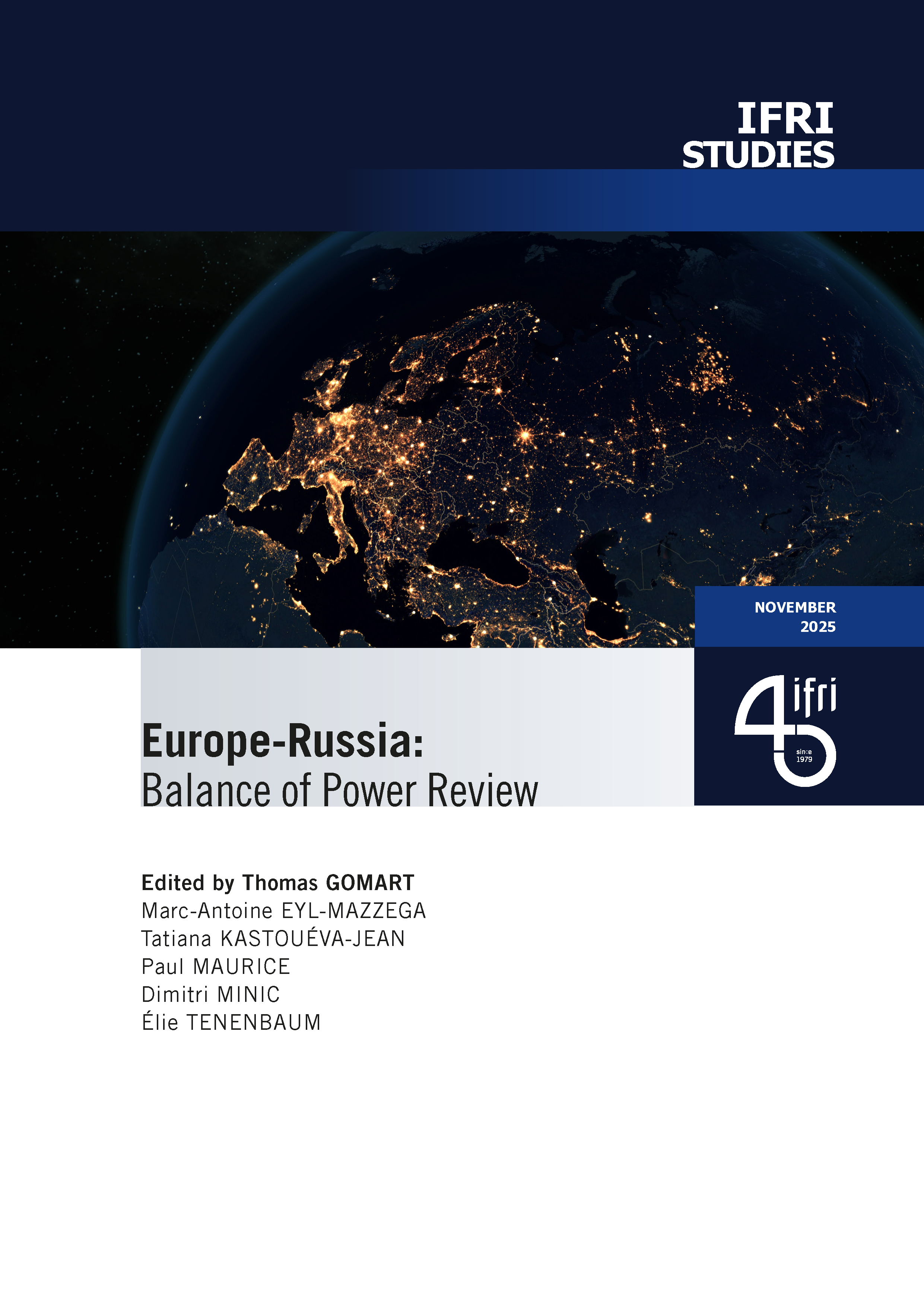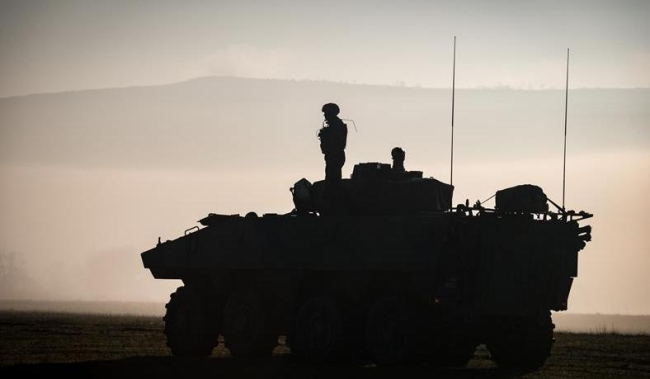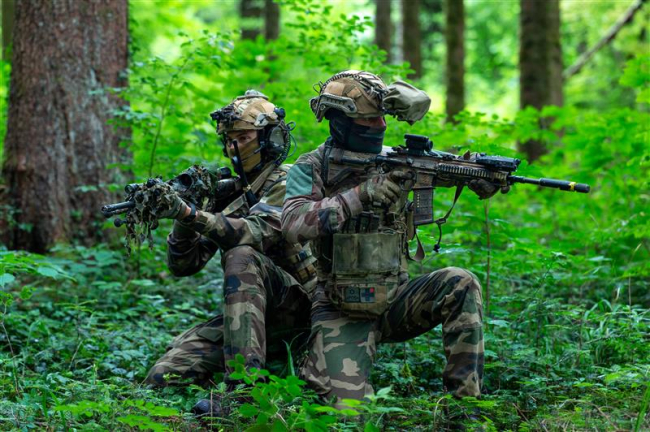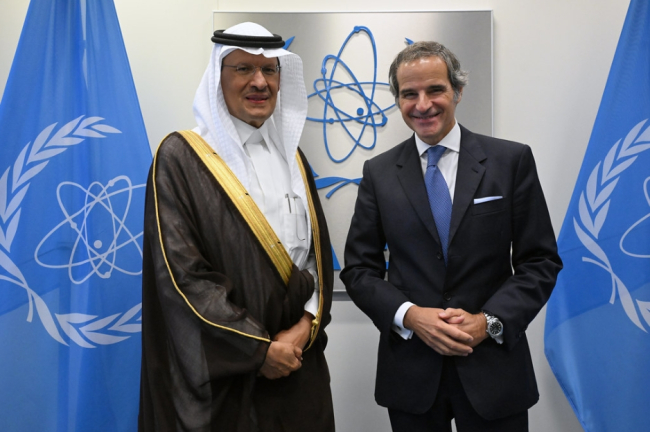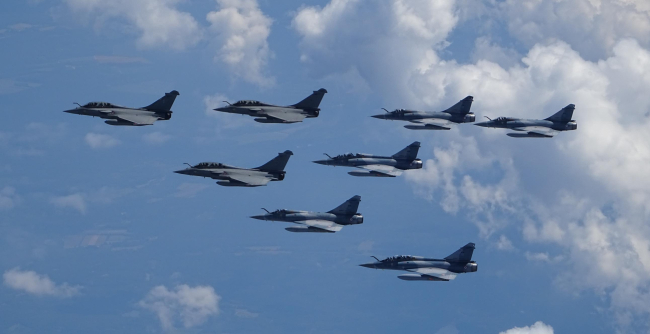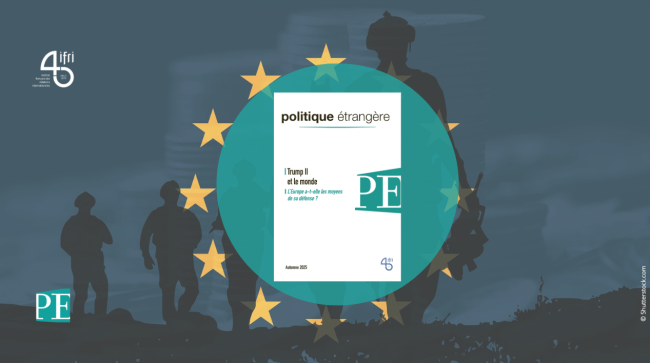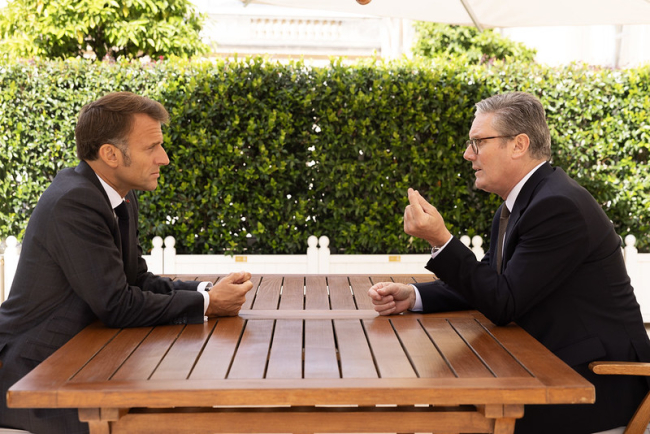La paix par la force. La modernisation de la défense sud-coréenne sous la présidence Moon Jae-in
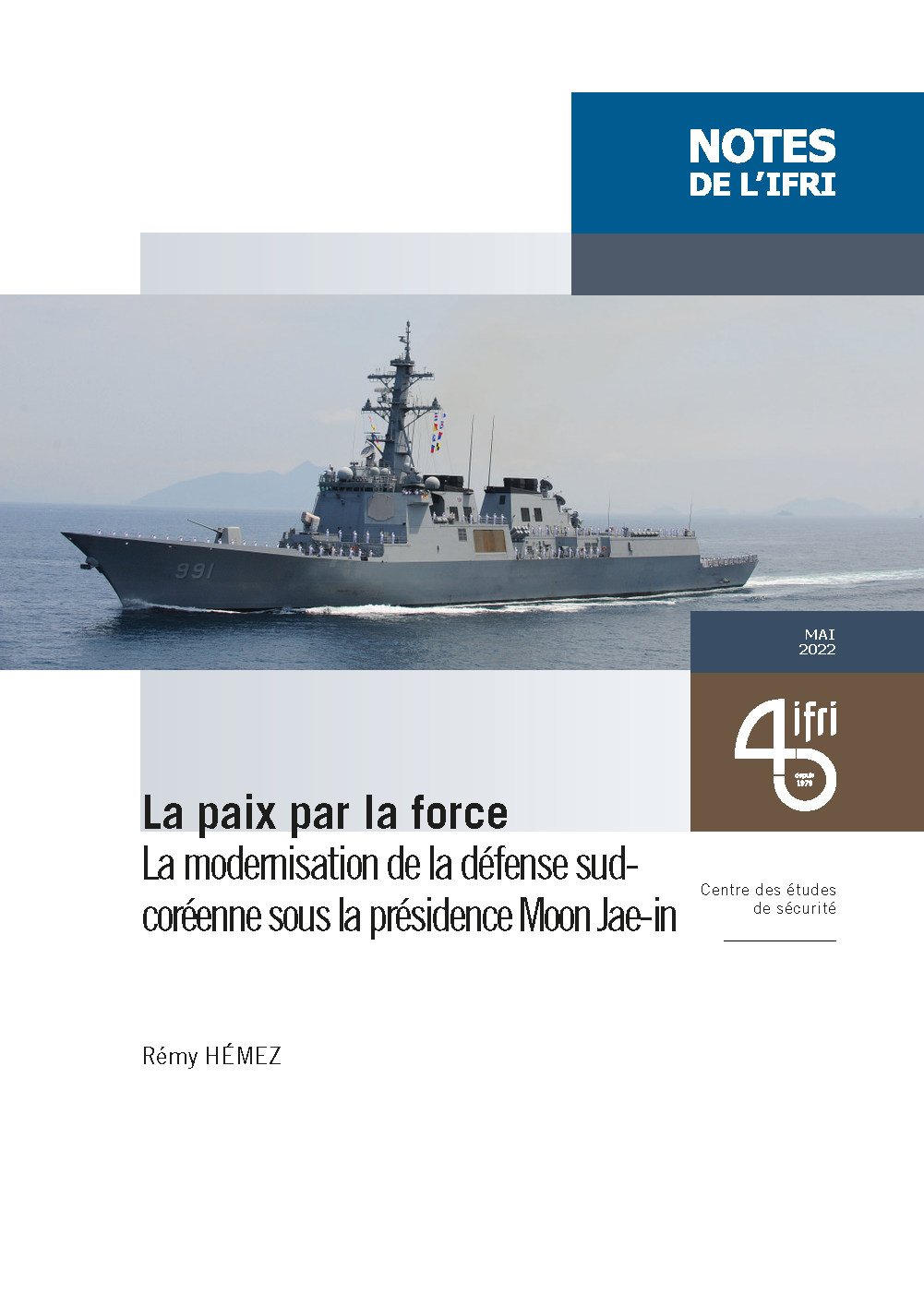
South Korea's defense modernization plan, Defense Reform 2.0, represents a significant effort in terms of military capabilities since 2018. The outgoing president, Moon Jae-in, has placed particular emphasis on high-tech acquisition as well as transforming the Korean defense industrial and technological base into a major domestic and international supplier.
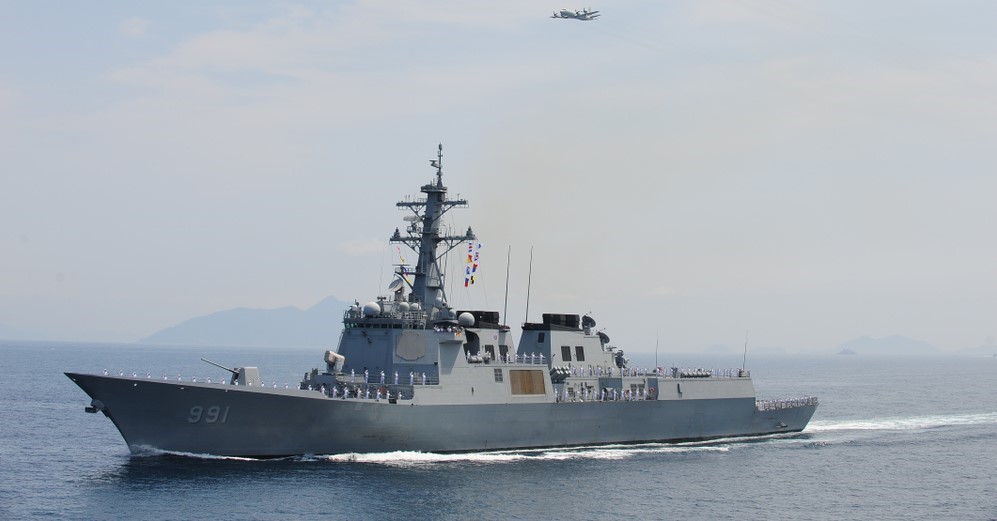
In addition, South Korea is proactive in its quest for strategic autonomy. In this regard, the naval and air components of its military are being diversified, notably by initiating the construction of an oceanic navy. Seoul is also seeking to develop its intelligence and detection capabilities through space-based capabilities to protect itself against any attack from the north of the peninsula.
It should be noted, however, that these developments do not come at the expense of South Korea's historic relationship with the United States. Indeed, even if it has become more discreet under the presidency of Donald Trump and doubts persist about the extent of the American nuclear umbrella, the military alliance between Washington and Seoul continues. At the same time, the Republic of Korea is trying not to get caught up in the Sino-American competition, as China remains an important trading partner.
Finally, the armed forces' reform undertaken under the Moon Jae-in presidency, intended to break with a military culture considered backward and to focus on technology in a context of demographic decline, has not been entirely successful.
This content is available in French: "La paix par la force. La modernisation de la défense sud-coréenne sous la présidence Moon Jae-in".

Available in:
Regions and themes
Share
Related centers and programs
Discover our other research centers and programsFind out more
Discover all our analysesSaudi Arabia’s Nuclear Temptations. Lessons Learned from Regional Instability
Saudi Arabia’s integration in the international arena and regional stability, notably through reducing its dependence on fossil energies, are crucial elements for the success of the Kingdom’s Vision 2030, the Crown Prince’s top priority. However, Mohammed bin Salman’s declarations in 2018 and 2021, indicating that “if Iran develops a nuclear bomb, we will follow suit as soon as possible”, combined with the recent strikes on key Iranian nuclear facilities, do not bode well for the future of the Kingdom, the region and the non-proliferation regime at large.
The Future of Air Superiority. Command of the Air in High Intensity Warfare
Air superiority, understood as control of the air, is a cornerstone of the Western art of warfare. It is a decisive condition, albeit not sufficient by itself, to achieve military victory, as it enables the concentration of air power toward the achievement of wider strategic objectives and protects other components from unbearable attrition levels. It is best achieved through the offensive use of air power in a joint effort to neutralize the enemy’s air power.
Europe Uncovered?
As Russia continues to threaten Europe, the Trump administration is making no secret of its desire to withdraw—at least partially—from the defense of the Old
Continent in order to focus on strategic competition with China. It is thus putting pressure on its European allies to increase their investment in the military sector. The NATO Summit in The Hague in June 2025 resulted in ambitious commitments by member states to increase their defense spending.
How should Britain and France cooperate to realise the Northwood Declaration?
During his state visit to the United Kingdom (UK) last week, Emmanuel Macron, President of France, signed a joint declaration with Sir Keir Starmer, Prime Minister, on nuclear cooperation between Britain and France. The Northwood Declaration highlights that while both countries’ nuclear arsenals remain sovereign, cooperation on nuclear deterrence can ‘contribute significantly’ to the security of the North Atlantic Treaty Organisation (NATO) and the Euro-Atlantic region.


